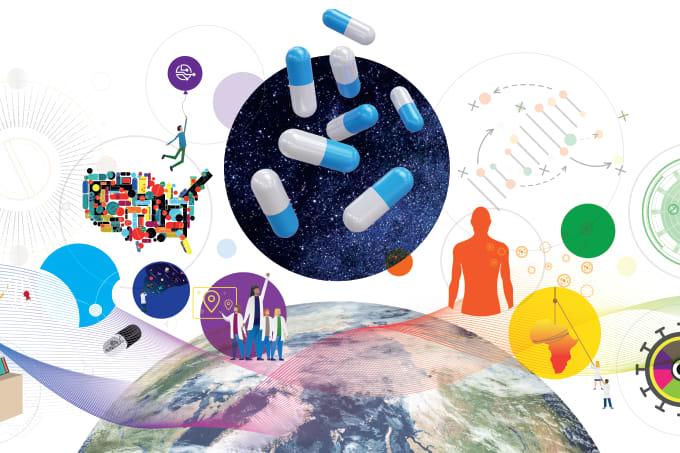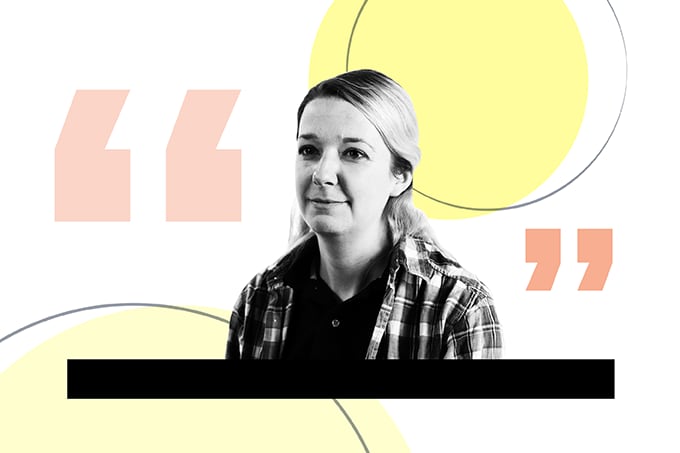
Multiply Labs, in partnership with Denmark-based robotics developer Universal Robots and the University of California San Francisco (UCSF), has developed a robotic “cluster” that they claim could significantly cut cell therapy manufacturing costs, while boosting output per square foot of cleanroom. We spoke with Multiply Labs CEO, Federico Parietti, to find out more.
How do robotics improve operational savings?
Historically, the biggest bottlenecks in manufacturing cell and gene therapies have been the high cost and low throughput associated with manual processes. These therapies require hundreds of delicate, manual steps carried out by highly trained operators. Even the best technicians can only work so fast, and human hands inevitably introduce variability and contamination. In practice, this means that it is simply not possible to produce enough therapies for all patients who need them. It also means that the cost of the few therapies that do get made are unaffordable for the majority of patients.
By replicating those same steps with precision, consistency, and round-the-clock operation using robotic technologies, we can scale up without sacrificing quality or reproducibility.
Manufacturing space is finite. What design elements enable space optimization?
A key element is recognizing that incubators require way more time to process cells than other instruments. Thus, it is important to have as many incubators as possible, in as dense a configuration as possible. The trick was to engineer the capability of fitting up to 36 independent bioreactors in just one square meter of floor space by stacking incubators. We then added a robotic arm mounted on a z-axis rail, effectively functioning like an elevator to extend its reach to the stacked incubators. This configuration has enabled higher throughput and lower manufacturing costs in the same cleanroom spaces.
How do you ensure robotic process remains compliant?
The FDA and EMA don’t want to see new manufacturing processes invented from scratch. They want continuity with processes that are already validated. From a software perspective, we can leverage imitation learning, where robots are trained to perform the same manual steps that a human operator would do. This means that the very data used to train the robots are the motions of the scientists currently performing the FDA/EMA approved manufacturing process steps.
What are the biggest challenges in scaling a robot-powered approach across different manufacturing sites?
The first question people ask is about the ability of robots to truly match manual pharma processes. Scaling advanced therapy manufacturing isn't about making it work once; it's about repeatable operations deployed at thousands of workstations worldwide. To successfully automate a biomanufacturing process, the robots must be statistically equivalent to corresponding manual processes. Working with academic institutions such as UCSF and Stanford, we were able to compare manual and robotic process steps and show that equivalent results can be achieved.
What's next? What further pharma manufacturing challenges do you expect to be tackled with robotics?
Right now, the obvious applications are in CAR-T and other commercial cell therapies, because the demand is urgent and the manual process is unsustainable. The same principles apply to gene therapies, where some conditions affect only a few patients in the world, and even to the manufacturing of RNA therapies and advanced antibodies.
I believe the long-term vision is a robotic infrastructure for advanced therapies. A world where manufacturing is no longer the bottleneck, where the limiting factor is purely the biology of the therapy itself. That’s when these treatments can truly become accessible at scale and reach their full potential to help patients in need, wherever they are.




